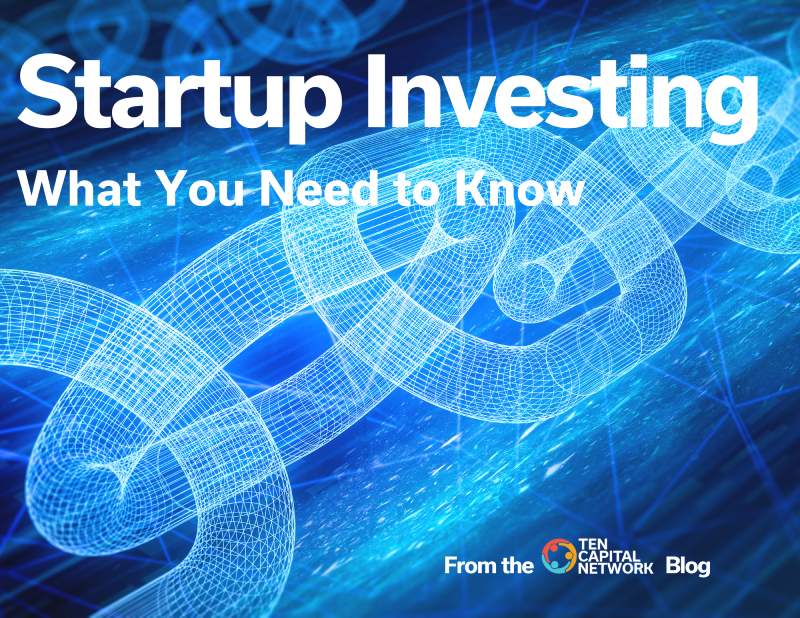2 min read Startup Investing: What You Need to Know
Startup investing is an attractive venture for many in the world of investing. Before investing in a startup company, it is important to have a well-thought-out plan. In this article, we discuss what percentage of discretionary funds investors typically allocate for startup investing, the difference between early- and late-stage investing, and how to apply your investment thesis to a startup.
Allocate Funds
The first thing you need to do when preparing to begin investing in startups is to set aside funds for this purpose. In most cases, investors dedicate 5% to 15% of their discretionary funds to angel investing.
There are several issues with asset allocation for angel investing compared to publicly traded stocks, bonds, and mutual funds. Startup investments are illiquid as there’s no market for reselling. Transferring stock is greatly limited due to SEC rules. To achieve this again, you must hold the stock for up to 7 to 10 years in most cases.
Many startups fail completely and are tax write-offs. Determine upfront how much you want to invest based on 5% to 15% of your portfolio. Divide by ten to get the total number of startups you can invest in. Divide the investment amount by 2 to get the initial investment per startup leaving the second half for a follow-up round.
For example, let’s say I have a portfolio of $3.5M. 15% of $3.5M yields $525K to invest in startups. Dividing $525K by 10 gives me $52K per startup that I can invest. Dividing the $52,500 by 2 means I can invest $26K for each startup leaving another $26K for each follow-on investment.
It’s important to be selective in the beginning. You should start with only 3 investments per year. After a few years and some gains, you can re-invest some of the profits into more startups. There are tax laws that make it attractive to roll your gains from one startup investment into another.
Choose Your Niche
Venture capitalists have two choices in funding startups- they can invest in early-stage or late-stage companies. Each option has its own pros and cons
Early-stage companies come with a high risk for startup failure, but an easier time to reach a successful investment exit. Late-stage startups have a lower risk of startup failure but a more challenging time to reach a successful investment exit.
As the rule of 5 tells us, a good investment requires an exit of 5 times the post-money valuation. Later-stage companies often come with $20M to $30M post-money valuations which means they would need to exit at $100M to $150M to be a successful investment.
Early-stage startups simply need to launch and grow reasonably well. Later-stage startups need to become the leader in their category as acquisitions usually focus on the leader and not the various followers.
Apply Your Investment Thesis
Before investing in a startup apply your investment thesis to it to see if it makes sense. Write out the company’s strategy and how it fits into the overall market. Review their position relative to the competition.
For the target company, look for a material event that recently occurred such as a jump in sales or hiring of a new CEO. Write out what is significant about the change and why. Include any challenges the company may face. Consider what factors may impact their performance such as the economy, a new competitor, etc.
Writing it out helps you think through the investment thesis and gives you a document to reference later to check your thinking. Reviewing your write-up in light of the outcome may update your investment thesis.
Read More TEN Capital Education Here

Hall T. Martin is the founder and CEO of the TEN Capital Network. TEN Capital has been connecting startups with investors for over ten years. You can connect with Hall about fundraising, business growth, and emerging technologies via LinkedIn or email: hallmartin@tencapital.group





